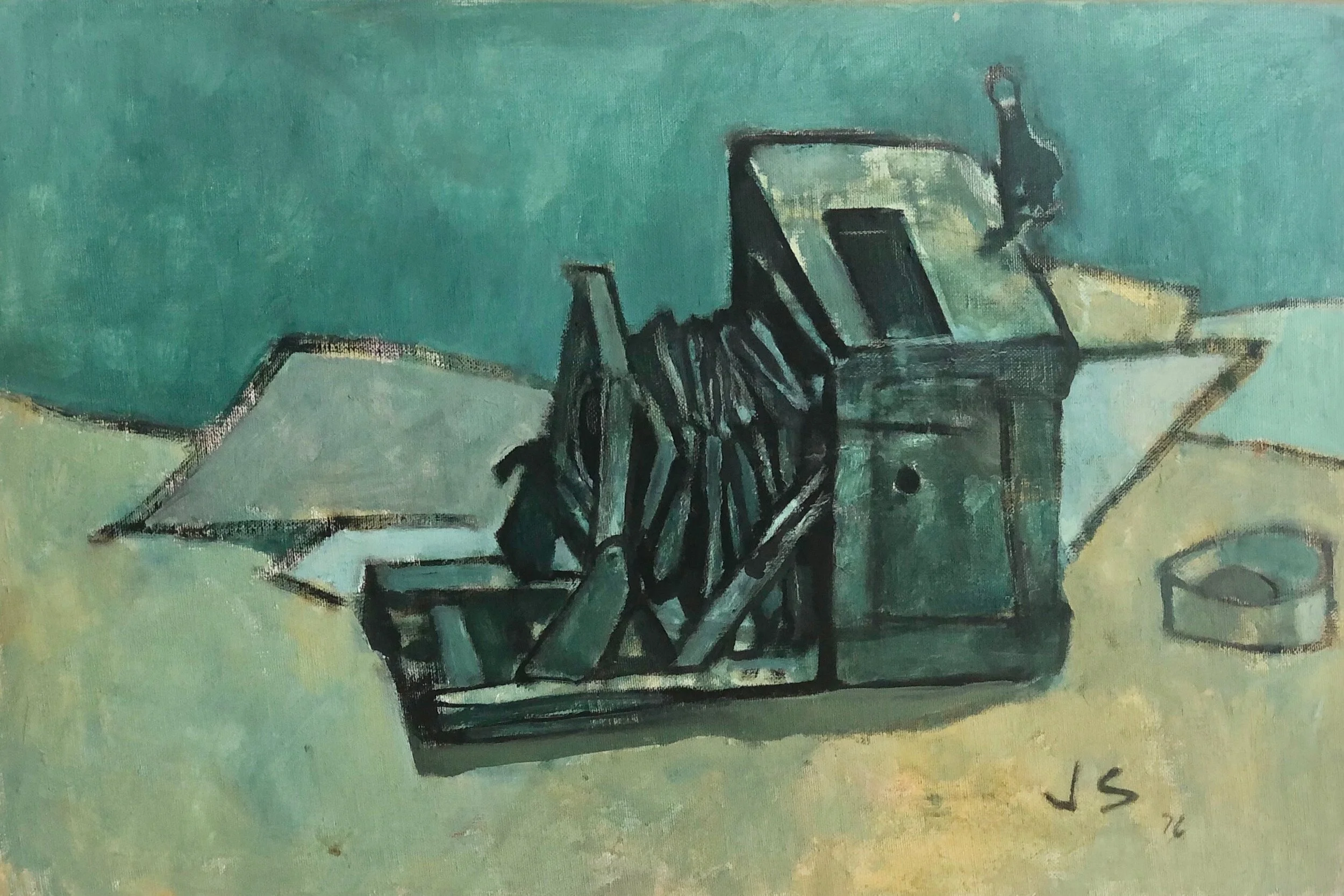JOSEPH SOLMAN
Russian-American, 20th Century
Biography
(American/Russian b. 1909 - d. 2008)
Active into his nineties, Joseph Solman was a pivotal figure in the development of 20th Century American art. Emigrating to the United States from Russia at the age of three, he studied drawing under Ivan Olinsky at the National Academy of Design in the late Twenties. Solman was instrumental in the founding of "The Ten," a progressive group of artists whose members also included Adolph Gottlieb, Mark Rothko, Louis Harris and Ilya Bolotowsky.
From 1936 to 1941, he was active in the easel division of the WPA Federal Art Project. In 1949, he was honored with a retrospective exhibition at the Phillips Memorial Gallery in Washington, D.C. and received the 1961 award in painting from the National Institute of Arts and Letters. His works are included in more than two dozen major museum collections throughout the world.
Always an innovator, Solman did work that merges Realism with Abstract Expressionism. His portraits and figure studies are characterized by bold outlines, flat backgrounds, a fauvist palette and a gift for psychological perception.
In his introduction to the 1995 publication Joseph Solman (NY: Da Capo Press), Theodore F. Wolff described Solman's portraits as "startlingly direct 'speaking likenesses' of real human beings in richly-hued canvases that exist as provocatively designed modern works of art." His studio interiors employ light "principally [as] a means of forcing the spectator to discover strange beauties in unpromising places," wrote Stuart Preston in the same monograph, adding that "there is also a note of strangeness in the absence of all figures when everything speaks of human presence."


Oil on canvas. 20” x 40”